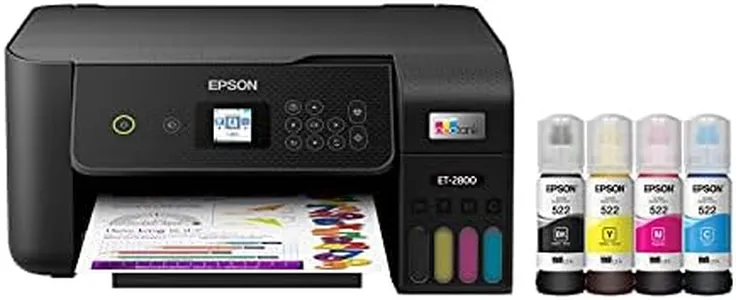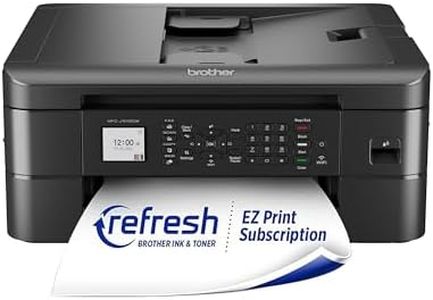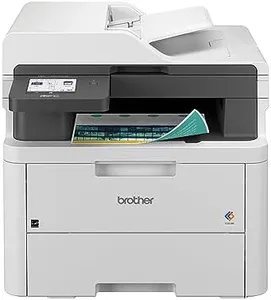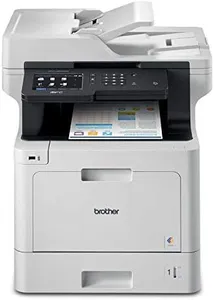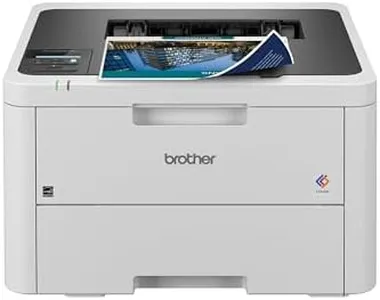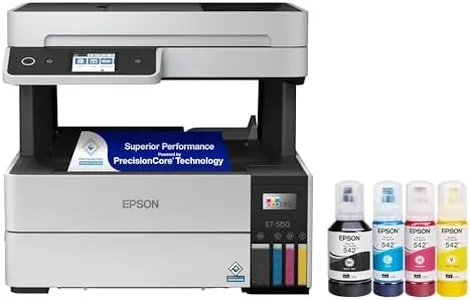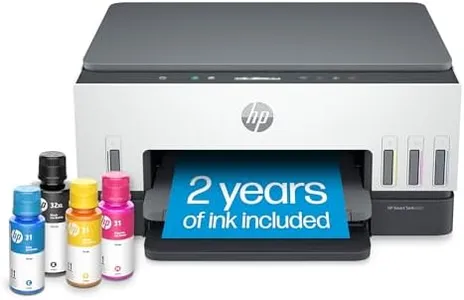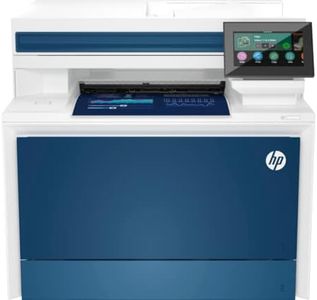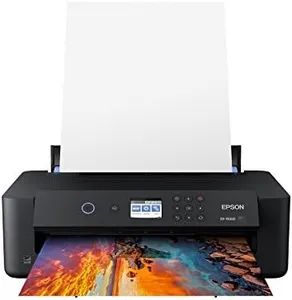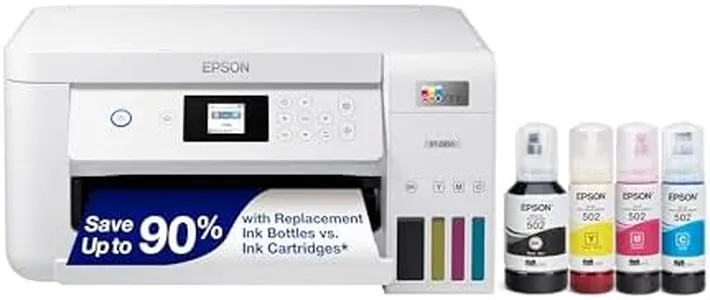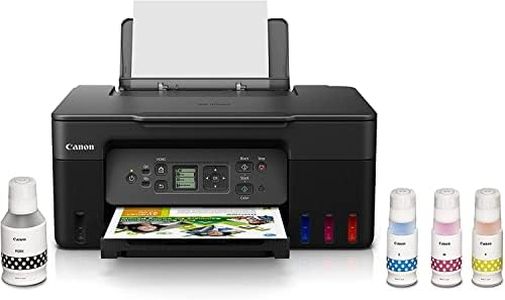We Use CookiesWe use cookies to enhance the security, performance,
functionality and for analytical and promotional activities. By continuing to browse this site you
are agreeing to our privacy policy
10 Best Color Printers
From leading brands and best sellers available on the web.Buying Guide for the Best Color Printers
Choosing the right color printer can make a big difference in your home or office, whether you need to print photos, documents, or creative projects. The best approach is to think about what you print most often, how much you print, and what features will make your printing experience easier and more efficient. Understanding the key specifications will help you match a printer to your needs and avoid paying for features you won’t use.Print TechnologyPrint technology refers to the method a printer uses to put color on paper, with the most common types being inkjet and laser. Inkjet printers use liquid ink and are great for vibrant photos and mixed documents, while laser printers use toner powder and are better for fast, sharp text and high-volume printing. If you mostly print photos or colorful graphics, inkjet is usually the way to go. If you print lots of documents or need speed and efficiency, a color laser printer might suit you better.
Print ResolutionPrint resolution, measured in dots per inch (DPI), tells you how detailed and sharp your prints will be. Higher DPI means finer detail, which is important for photos and graphics. For basic documents, a lower DPI (around 600 x 600) is usually enough, but for photo printing, look for higher DPI (1200 x 1200 or more). Think about what you print most: if it’s mostly text, you don’t need the highest resolution, but for images and creative work, higher DPI will give you better results.
Print SpeedPrint speed is measured in pages per minute (PPM) and tells you how quickly a printer can produce pages. If you print large documents or need to print often, a higher PPM will save you time. For occasional or home use, a lower speed is usually fine. Consider how many pages you typically print at once—if it’s just a few, speed may not matter much, but for busy offices or frequent use, faster printers are more convenient.
Connectivity OptionsConnectivity options describe how you can connect your devices to the printer. Common choices include USB, Wi-Fi, Ethernet, and sometimes Bluetooth. Wi-Fi allows for wireless printing from multiple devices, which is great for households or offices with several users. USB is simple and reliable for single-computer setups. If you want to print from your phone or tablet, look for wireless or mobile printing features. Choose the connectivity that matches how and where you plan to use the printer.
Paper HandlingPaper handling covers the types and sizes of paper a printer can use, as well as how much paper it can hold at once. Some printers are designed for standard letter or A4 paper, while others can handle envelopes, labels, or photo paper. The input tray capacity matters if you print a lot—larger trays mean less refilling. If you need to print on different paper types or sizes, check that the printer supports them. Match the paper handling features to your typical printing tasks.
Ink or Toner Cost and YieldInk or toner cost and yield refer to how much you’ll spend on replacement cartridges and how many pages each one can print. Some printers have low upfront costs but expensive cartridges, while others are more economical over time. High-yield cartridges last longer and are better for frequent printing. If you print a lot, look for printers with affordable, high-yield supplies. For occasional use, standard cartridges may be fine. Always consider ongoing costs, not just the price of the printer.
Additional FeaturesAdditional features include things like scanning, copying, automatic duplex (double-sided) printing, and touchscreen controls. All-in-one printers can scan and copy, which is handy for home offices. Duplex printing saves paper and is useful if you print long documents. Touchscreens and easy-to-use menus make operation simpler. Think about which extra features will actually make your life easier and focus on those when choosing a printer.
